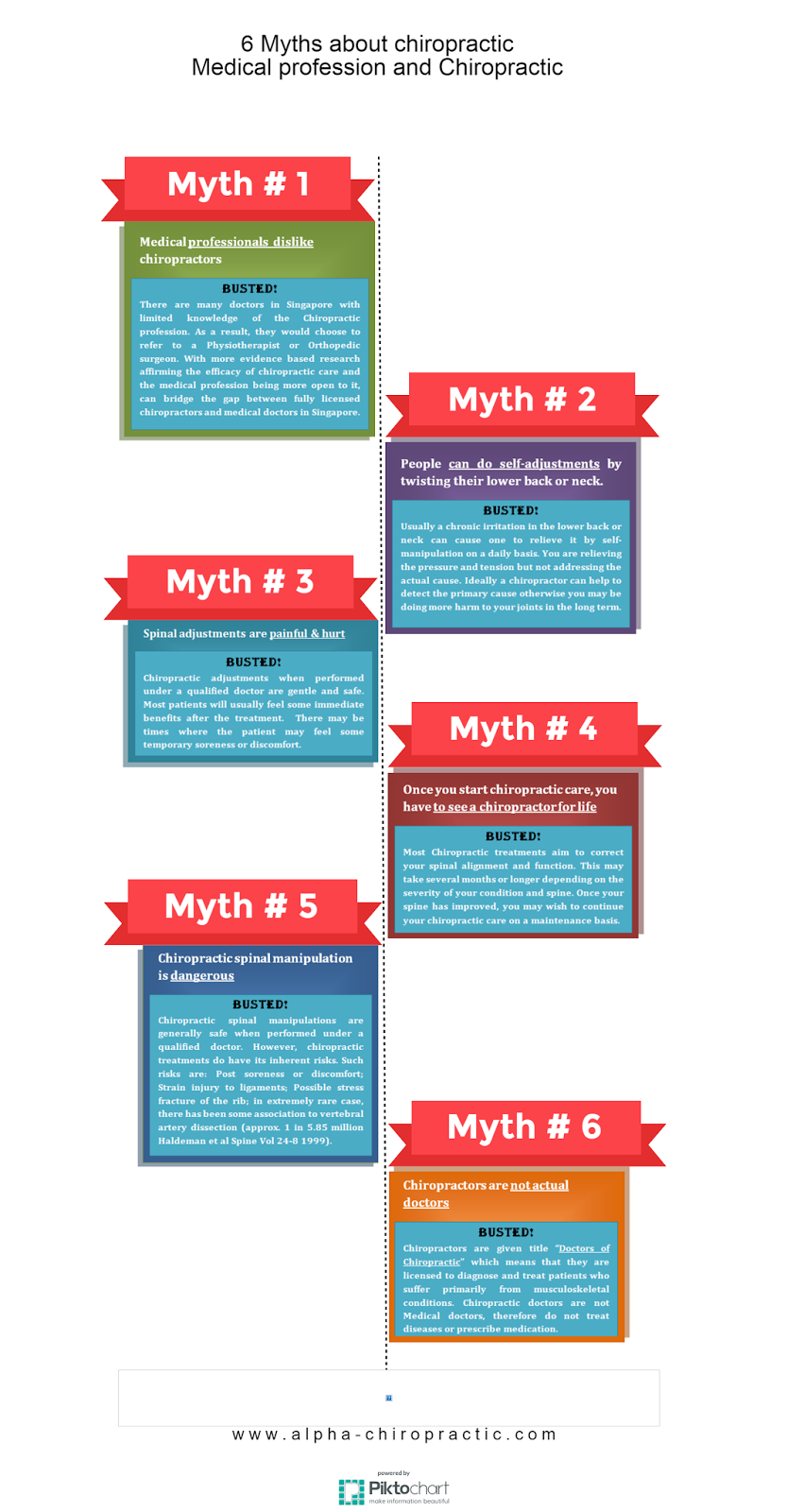Common Everyday Practices That Cause Neck And Back Pain And Tips For Avoiding Them
Common Everyday Practices That Cause Neck And Back Pain And Tips For Avoiding Them
Blog Article
Team Author-Mckay Secher
Maintaining correct stance and avoiding common mistakes in day-to-day tasks can substantially impact your back wellness. From exactly how you rest at your desk to exactly how you raise hefty objects, little adjustments can make a large distinction. Envision https://www.verywellhealth.com/lower-back-and-groin-pain-in-women-5095271 without the nagging neck and back pain that prevents your every move; the option may be less complex than you think. By making a few tweaks to your daily behaviors, you could be on your way to a pain-free presence.
Poor Pose and Sedentary Way Of Life
Poor pose and a less active lifestyle are 2 significant contributors to back pain. When you slouch or hunch over while resting or standing, you put unnecessary pressure on your back muscle mass and back. This can bring about muscular tissue discrepancies, stress, and ultimately, chronic back pain. Additionally, sitting for extended https://kamerongbytm.blog-gold.com/38704131/change-from-a-sedentary-way-of-life-to-a-dynamic-journey-with-chiropractic-care-check-out-the-key-to-unlocking-a-much-healthier-much-more-resilient-you without breaks or exercise can weaken your back muscular tissues and lead to rigidity and pain.
To battle inadequate pose, make an aware initiative to sit and stand up directly with your shoulders back and aligned with your ears. Bear in mind to keep your feet flat on the ground and prevent crossing your legs for extended durations.
Integrating regular extending and reinforcing exercises into your daily regimen can additionally help boost your pose and minimize neck and back pain associated with a sedentary way of living.
Incorrect Training Techniques
Incorrect lifting strategies can dramatically add to back pain and injuries. When you raise hefty items, remember to flex your knees and utilize your legs to lift, as opposed to counting on your back muscular tissues. Stay clear of twisting your body while training and keep the item close to your body to decrease stress on your back. It's essential to maintain a straight back and prevent rounding your shoulders while raising to prevent unnecessary pressure on your spinal column.
Constantly analyze the weight of the things before lifting it. If it's too hefty, request for aid or usage equipment like a dolly or cart to transport it safely.
Remember to take breaks during raising jobs to provide your back muscle mass an opportunity to rest and stop overexertion. By carrying out proper lifting strategies, you can stop pain in the back and minimize the risk of injuries, guaranteeing your back stays healthy and balanced and solid for the long term.
Absence of Regular Workout and Extending
An inactive way of life without routine workout and extending can dramatically contribute to neck and back pain and discomfort. When you don't participate in exercise, your muscular tissues come to be weak and stringent, leading to poor position and raised pressure on your back. Regular exercise helps strengthen the muscle mass that sustain your back, improving security and reducing the risk of back pain. Integrating extending right into your routine can also enhance adaptability, protecting against rigidity and pain in your back muscles.
To avoid neck and back pain triggered by an absence of workout and stretching, go for at least 30 minutes of modest physical activity most days of the week. Include workouts that target your core muscular tissues, as a solid core can help relieve pressure on your back.
Furthermore, take breaks to stretch and move throughout the day, specifically if you have a workdesk work. Simple stretches like touching your toes or doing shoulder rolls can help alleviate tension and avoid back pain. Prioritizing routine exercise and stretching can go a long way in preserving a healthy back and reducing discomfort.
Conclusion
So, bear in mind to sit up directly, lift with your legs, and remain active to stop pain in the back. By making easy modifications to your daily routines, you can avoid the discomfort and constraints that feature pain in the back. Care for your back and muscular tissues by practicing good pose, appropriate training methods, and routine exercise. Your back will certainly thanks for it!
